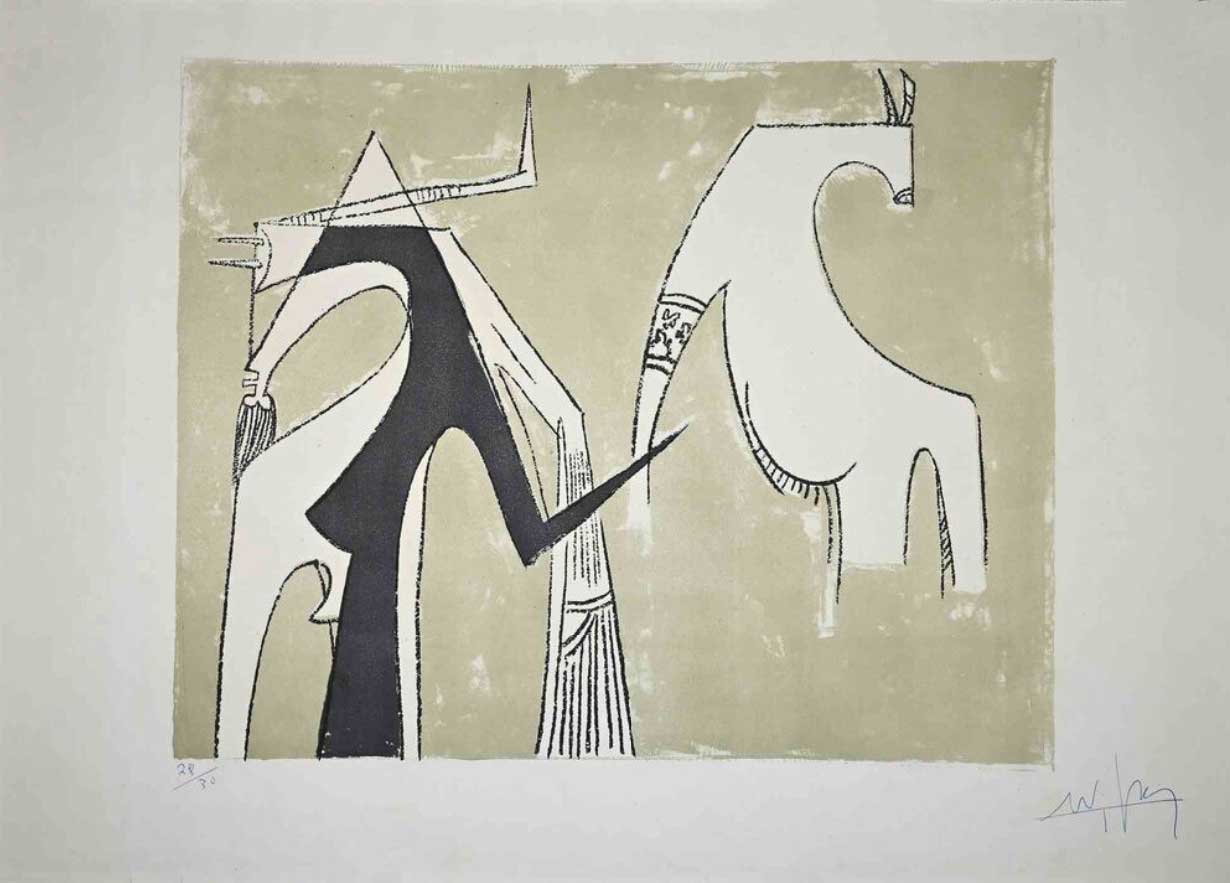
Sensual tropical light: The works of three Cuban artists
Three Cuban artists, shadow, light and chiaroscuro: Wifredo Lam, Julio Larraz and Ariel Cabrera If to any moderately trained viewer or a regular con
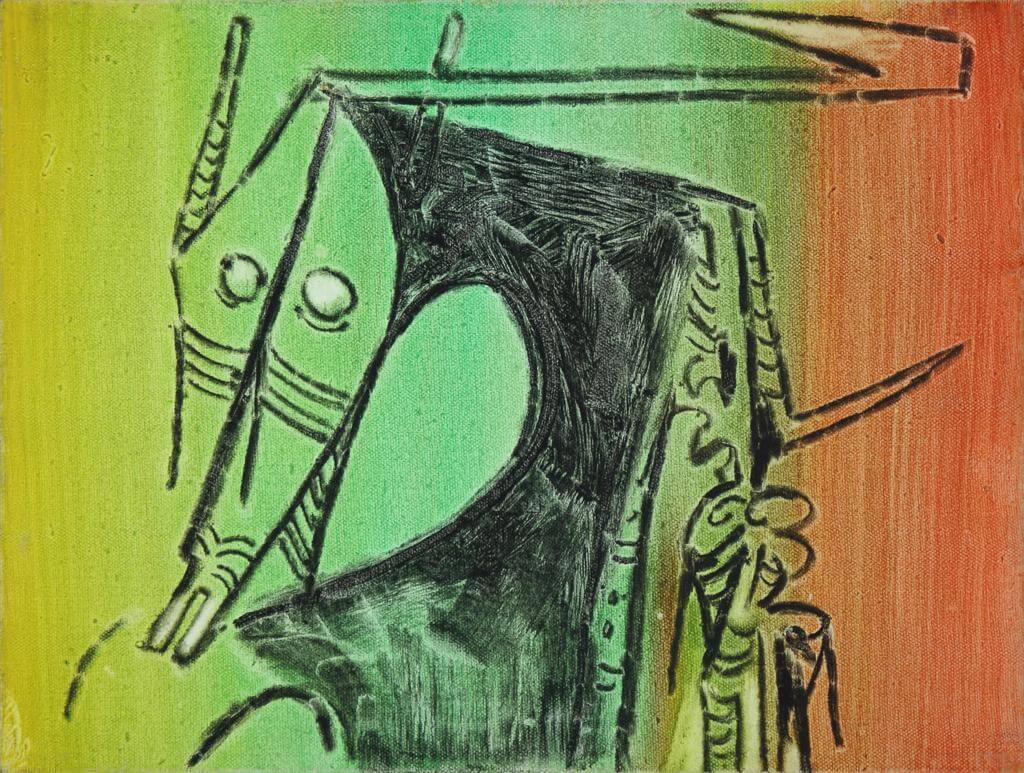
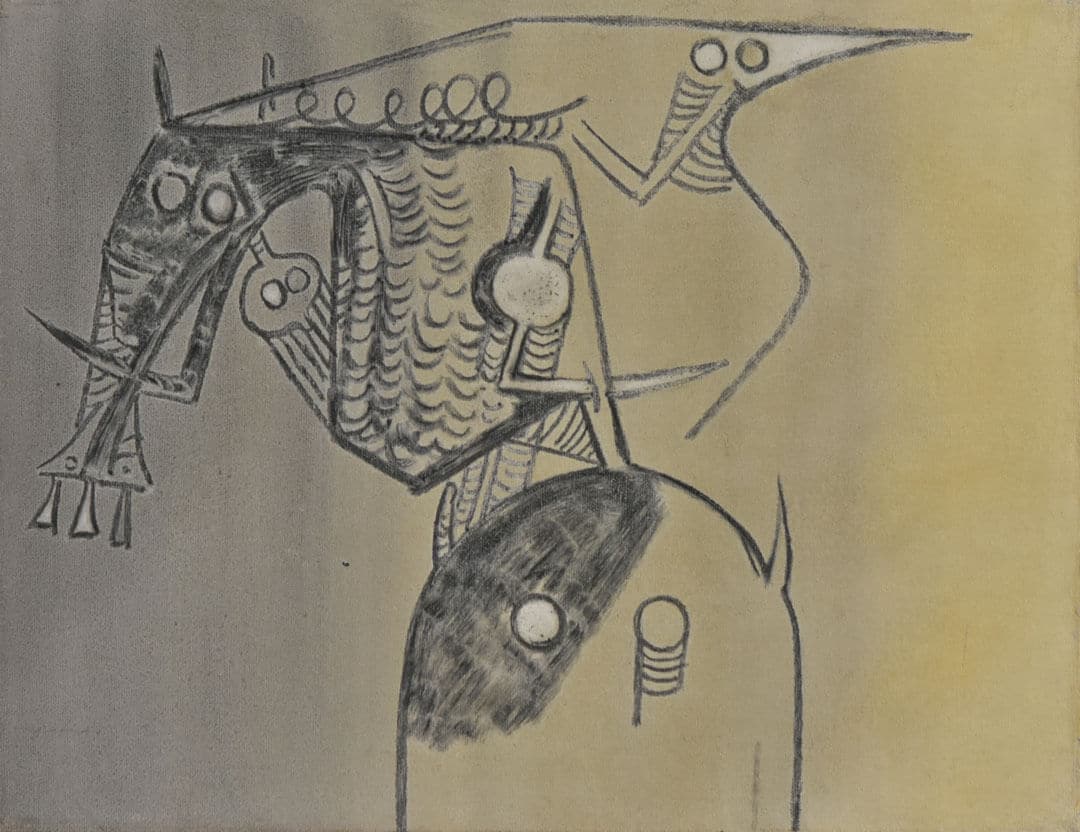
Oil on canvas
35 x 44.5 cm
13 3/4 x 17 1/2 in
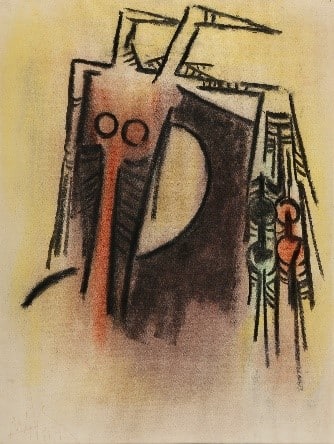
Pastel on paper
61 x 45.7 cm
24 x 18 in

Oil on canvas
30.5 x 40.6 cm
12 x 16 in
Wifredo Lam was an internationally renowned avant-garde painter, known as the initiator of a mixed-race painting that combined Western modernism and African or Caribbean symbols.
He was born on December 8, 1902 in Sagua la Grande, Cuba. In 1916, Lam and part of his family settled in Havana. There, he enrolled in the Professional School of Painting and Sculpture, San Alejandro Academy, where he studied until 1923. It is during this period, marked by exhibitions at the Salon des Beaux-Arts, that he affirms his vocation as a painter. In 1923, he received a scholarship from the municipality of Sagua la Grande to study in Europe and left for Spain at the age of 21. Once in Madrid, he came into contact with the ideas and movements of modern art. He studies the great masters of Spanish painting, Velázquez, Goya, etc.
In 1928 he traveled to Paris, where he met Picasso. Through him he came into contact with numerous writers and artists of the time, including Michel Leiris, Joan Miró, Fernand Léger, Henri Matisse, Tristn Tzara, Paul Éluard, Georges Braque and Pierre Loeb. The latter organized Wifredo Lam’s first exhibition in Paris. In this cubist stage, Lam synthesizes his emotions by painting isolated, schematic characters, confronted with the intensity of life; the austerity of the image is accentuated by the sober use of color. Within the cubist and constructivist universe, Lam followed a singular line of great expressive clarity.
On the occasion of the Second World War was forced to return to Cuba, to which he hardly felt connected anymore. However, this forced return definitely enriched the painter. On the one hand, it meant a reencounter with his African-Caribbean culture; at the same time, he was in contact with the surrealists who came to the Caribbean during those years. There he deepens his research, linking it to the world of his childhood and youth. Lam signs his style with the enrichment of Afro-Cuban culture, and will paint more than a hundred canvases, among them La Jungla, making 1942 the most productive year of this period. He held several exhibitions in the United States, at the Institute of Modern Art in Boston, at the MoMA in New York and at the Pierre Matisse Gallery, where La Jungle was presented for the first time and caused a scandal.
Lam died in Paris on September 11 of 1982
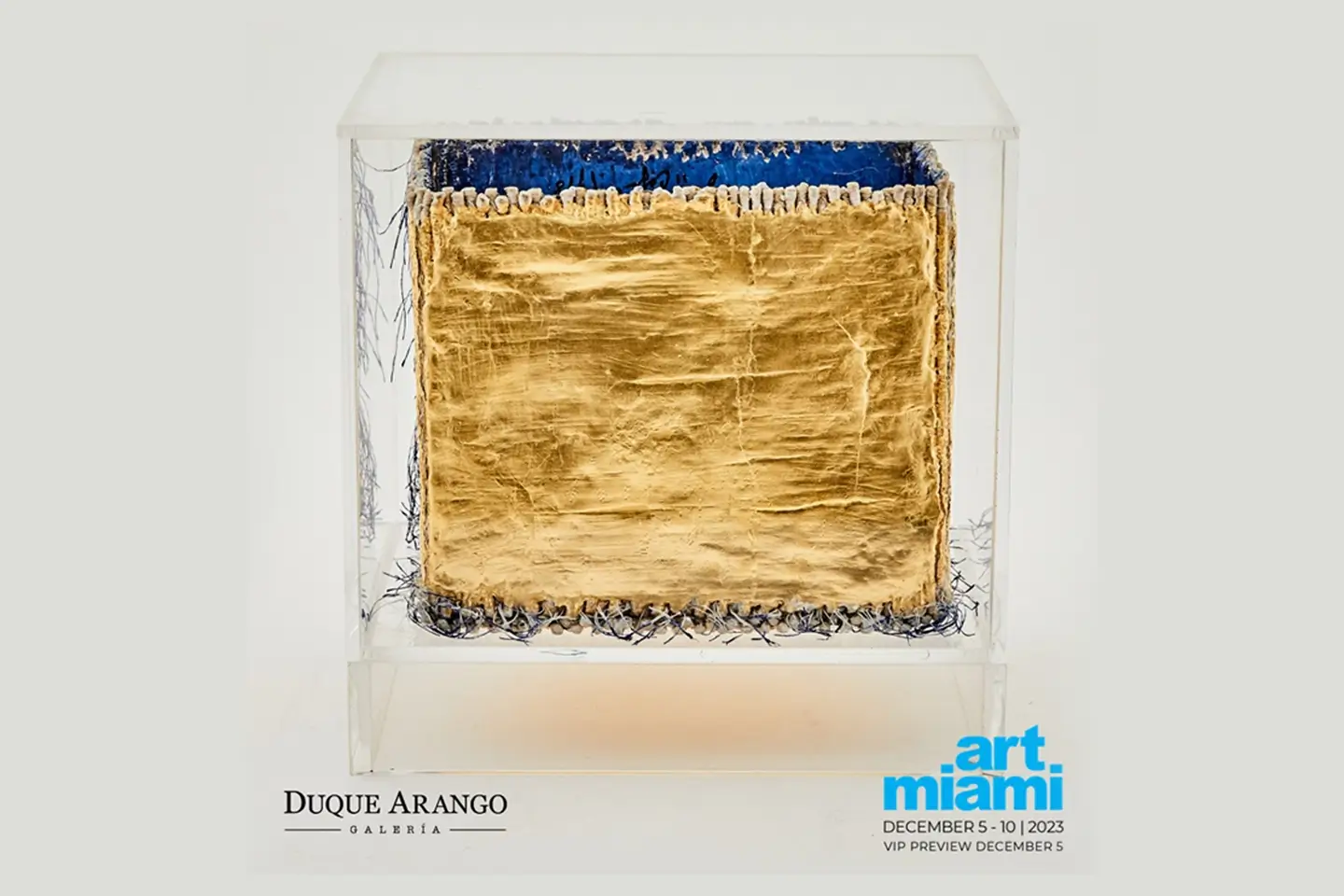

Three Cuban artists, shadow, light and chiaroscuro: Wifredo Lam, Julio Larraz and Ariel Cabrera If to any moderately trained viewer or a regular con


Social number: (504)3524065
Physical address: Medellín, Colombia
Contact e-mail: [email protected]
Mailing of judicial notifications: [email protected]
© Galería Duque Arango, All rights reserved.